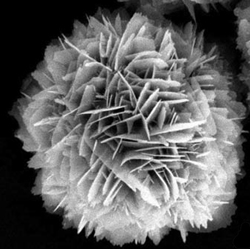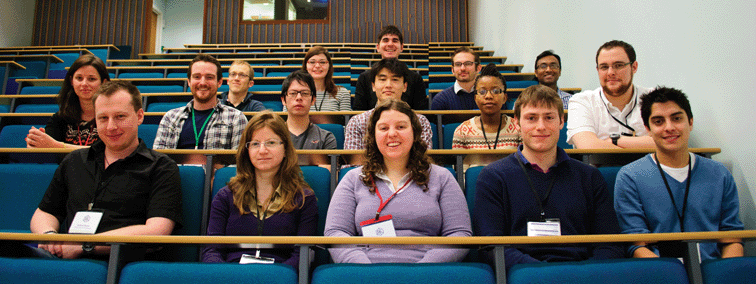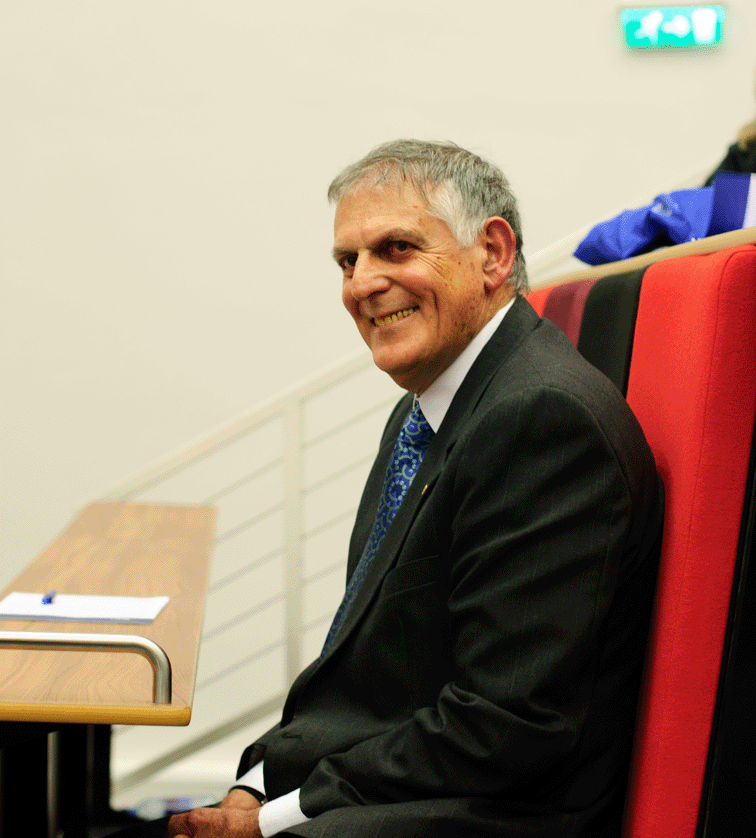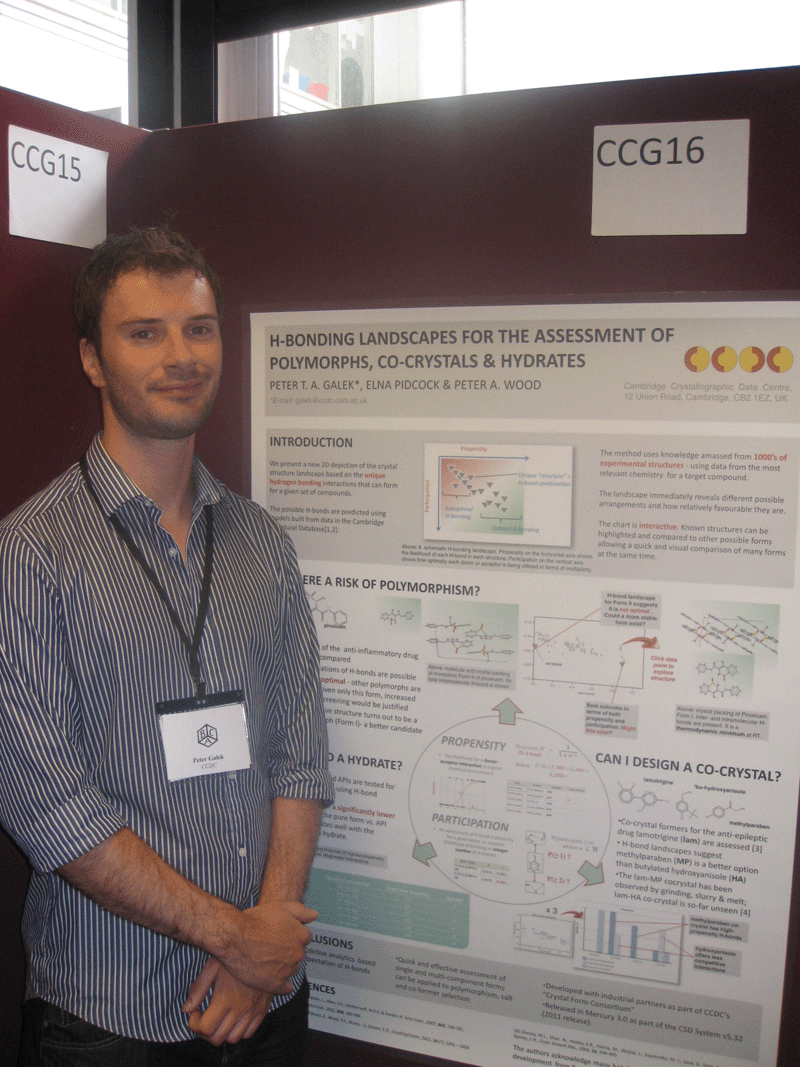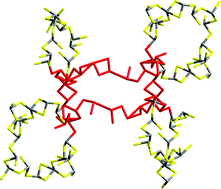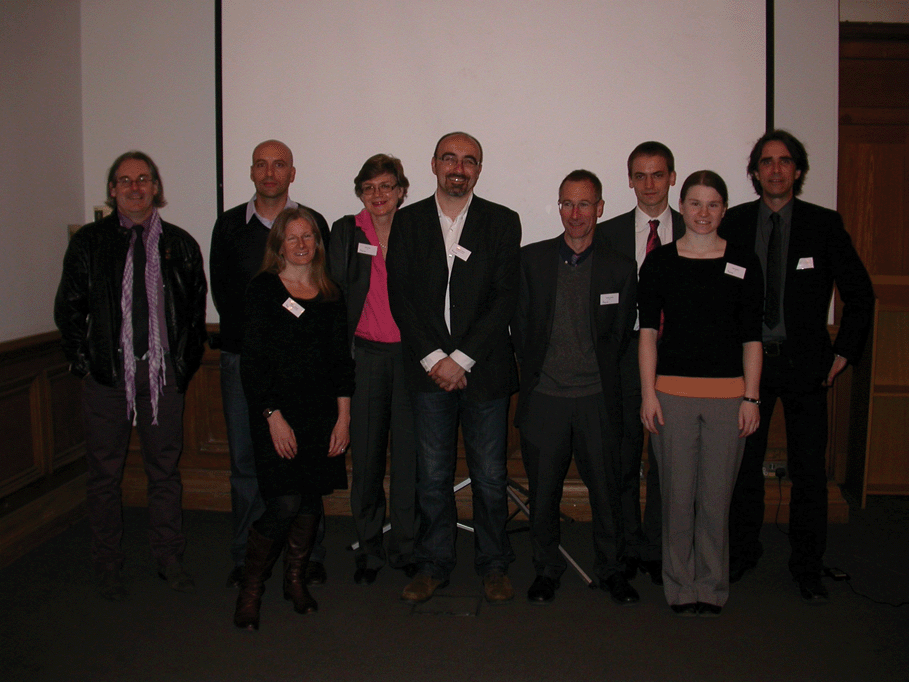This month sees the following articles in CrystEngComm that are in the top ten most accessed:-
Coordination polymers, metal–organic frameworks and the need for terminology guidelines
Stuart R. Batten , Neil R. Champness , Xiao-Ming Chen , Javier Garcia-Martinez , Susumu Kitagawa , Lars Öhrström , Michael O’Keeffe , Myunghyun Paik Suh and Jan Reedijk
CrystEngComm, 2012,14, 3001-3004 DOI: 10.1039/C2CE06488J
SnO2 hollow nanospheres enclosed by single crystalline nanoparticles for highly efficient dye-sensitized solar cells
Hua Wang , Bo Li , Jian Gao , Ming Tang , Hongbin Feng , Jinghong Li and Lin Guo
CrystEngComm, 2012, Advance Article DOI: 10.1039/C2CE06531B
Supramolecular architecture of silver(I) coordination polymers containing polydentate N-donor ligands
Kittipong Chainok , Suzanne M. Neville , Craig M. Forsyth , William J. Gee , Keith S. Murray and Stuart R. Batten
CrystEngComm, 2012,14, 3717-3726 DOI: 10.1039/C2CE25225B
Structural diversity in imidazole and carboxylate-containing metal complexes dependent on the alkaline reagents
Hai-Wei Kuai , Jian Fan , Qing Liu and Wei-Yin Sun
CrystEngComm, 2012,14, 3708-3716 DOI: 10.1039/C2CE25062D
Modification of luminescent properties of a coumarin derivative by formation of multi-component crystals
Dongpeng Yan , Amit Delori , Gareth O. Lloyd , Bhavnita Patel , Tomislav Friščić , Graeme M. Day , Dejan-Krešimir Bučar , William Jones , Jun Lu , Min Wei , David G. Evans and Xue Duan
CrystEngComm, 2012, Advance Article DOI: 10.1039/C2CE25217A
Template-free hydrothermal synthesis of VO2 hollow microspheres
F. Y. Kong , M. Li , X. Y. Yao , J. M. Xu , A. D. Wang , Z. P. Liu and G. H. Li
CrystEngComm, 2012,14, 3858-3861 DOI: 10.1039/C2CE25199J
Fabrication of Cu2ZnSnS4 nanowires and nanotubes based on AAO templates
Zhenghua Su , Chang Yan , Ding Tang , Kaiwen Sun , Zili Han , Fangyang Liu , Yanqing Lai , Jie Li and Yexiang Liu
CrystEngComm, 2012,14, 782-785 DOI: 10.1039/C2CE06236D
Shape-controlled synthesis of ZnSn(OH)6 crystallites and their HCHO-sensing properties
Lixian Han , Jie Liu , Zhengjun Wang , Kun Zhang , Hui Luo , Bo Xu , Xing Zou , Xiao Zheng , Bin Ye and Xibin Yu
CrystEngComm, 2012,14, 3380-3386 DOI: 10.1039/C2CE06583E
Bottom-up assembly of hierarchical Cu2O nanospheres: controllable synthesis, formation mechanism and enhanced photochemical activities
Shaodong Sun , Xiaozhe Zhang , Xiaoping Song , Shuhua Liang , Liqun Wang and Zhimao Yang
CrystEngComm, 2012,14, 3545-3553 DOI: 10.1039/C2CE25071C
Highly rigid and stable porous Cu(i) metal–organic framework with reversible single-crystal-to-single-crystal structural transformation
Sudip Mohapatra , Hiroshi Sato , Ryotaro Matsuda , Susumu Kitagawa and Tapas Kumar Maji
CrystEngComm, 2012, Advance Article DOI: 10.1039/C2CE06701C
Why not take a look at the articles today and blog your thoughts and comments below.
Fancy submitting an article to CrystEngComm? Then why not submit to us today or alternatively email us your suggestions.












